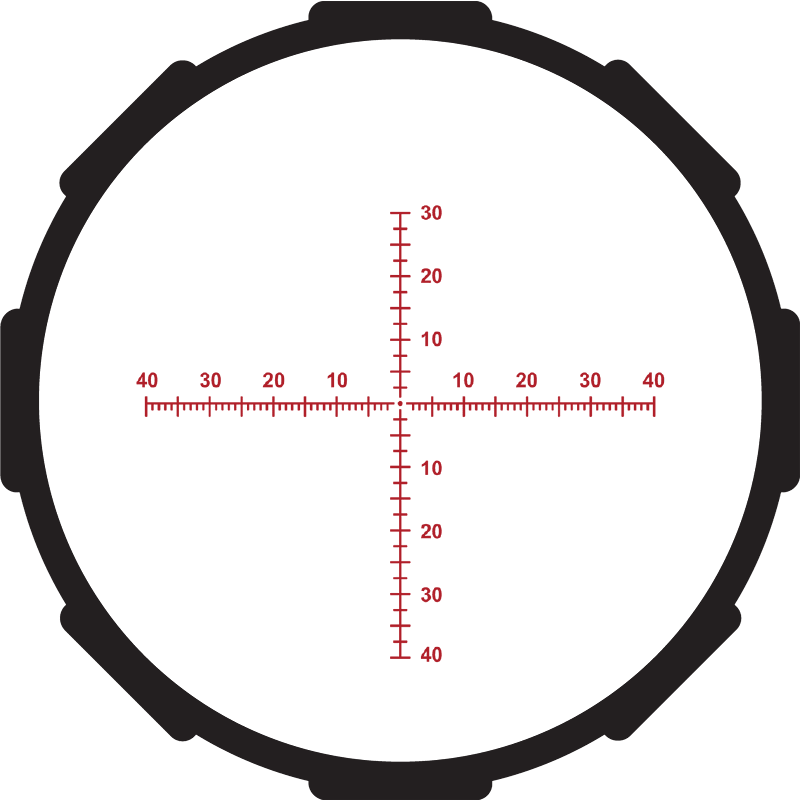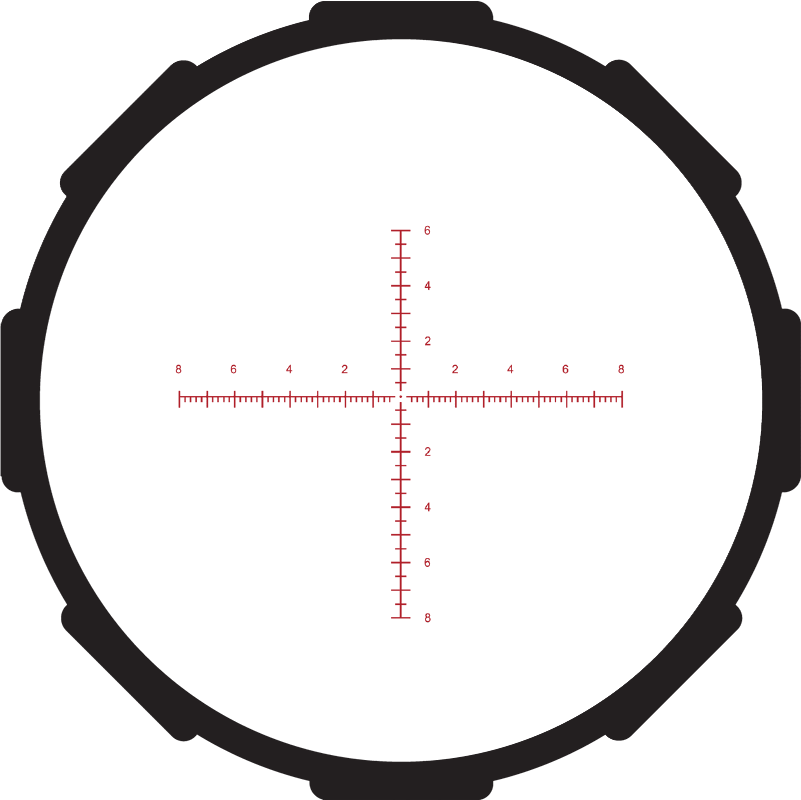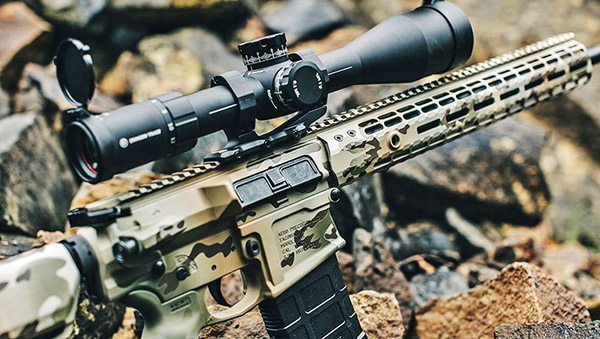It’s MOA vs. MILs in a way that easily understood, but you HOGs don’t get agitated. Like we said, it’s simple.
Crimson Trace published a reticle guide not too long ago, explaining all the different reticles available on their line of rifle scopes. They have 8 different reticles for their rifle scopes (and some of their electronic sights), each intended for “specific applications”. All of their scopes are FFP (First Focal Plane) scaling to make holdover easier, by the way.
Anyway, what brought that guide to our attention was an email they sent out explaining MIL vs MOA. It’s short but sweet. Check it out.
MOA vs. MIL
Crimson Trace explains as follows:
Choosing between an MOA and MIL reticle can be difficult. Here’s some info you might want when shopping for your next Crimson Trace scope.
MOA Reticles
MOA stands for “Minute of Angle”. Essentially, one MOA is equal to 1 inch at 100 yards. It is an angular measurement that will show you the effects of how much movement your crosshairs make to affect the impact of the bullet at certain distances.

An MOA scope is slightly more precise than a MIL reticle (by a very small fraction of an inch), and any ranging will be done in yards and inches with an MOA scope.
MIL Reticles
MIL stands for “milliradians” or “mils” and is equal to 3.6 inches at 100 yards. These scopes are slightly easier to communicate ranging with than an MOA and are communicated using meters and centimeters.

MILs are extremely common with law enforcement and military professionals.
At the end of the day, both MOA and MIL have advantages and disadvantages. MOA and MIL are both extremely effective and will get the job done as long as the shooter has experience with the reticle (and has done their math correctly). Whichever reticle you decide to use for your long range rifle, always make sure your turret, spotting scope, and other tools are in the same measuring unit as your scope.


